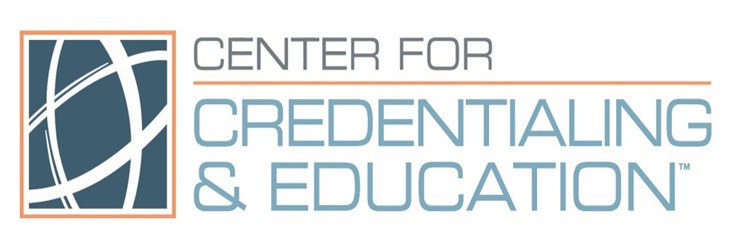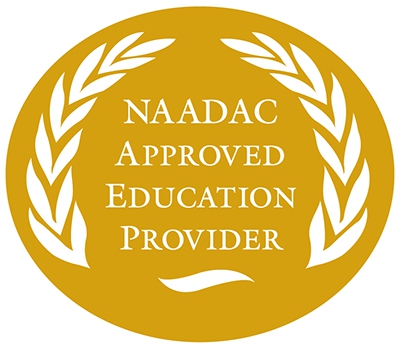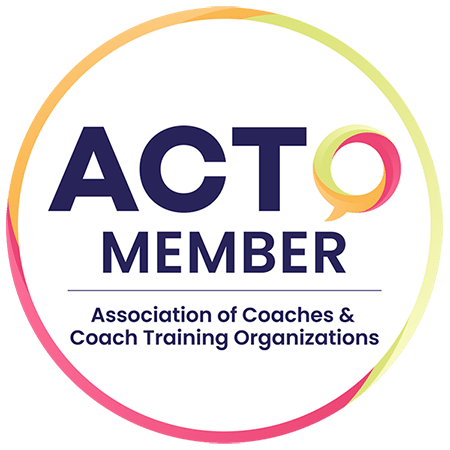
By: Kimberly Gleason
Tim mocks those who call him “difficult.” Difficult? Try honest, he thinks. Who cares, anyway when you’re man on top, and the only way you got there was through hard work, determination, and the willingness to offend others if it leads to success? He’s got a terrific track record in sales, his customers admire his expertise, and he’s the biggest contributor to his company’s growth.
Then comes Debra, a coach Tim’s manager hires her to work with him, soften the edges, make him more likeable and respected. He smirks upon hearing the news. He’s already successful. What’s to change?
Gratefully, I have yet to work with such a client. One thing I’ve learned in my profession is that skillful feedback, part of coaching, doesn’t always work. In that vein, here are five requirements for giving feedback.
Feedback should only be given to those who are motivated to change.
Feedback is the first step toward change and growth, and change is difficult, oftentimes dirty work. Feedback requires an awareness of self, something we don’t always desire. If those we coach don’t see the link between feedback and self-awareness, nor change and reward, then feedback becomes moot. Only those who accept feedback for what it is—honest, objective observations—are those likely to take steps forward, whether in their personal lives or careers.
Feedback must come from those whose opinions they care about.
Someone is only likely to consider feedback offered to her if it comes from someone she cares about. Often, a coaching relationship becomes a close one, where honesty, trust, and support is mutual. This is a scenario where the recipient likely views feedback as beneficial to her, because she trusts the giver.
Feedback should, in most cases, be anonymous.
Anonymous feedback is powerful. On the other hand, when an individual knows who gives the feedback, he may dwell on the giver, not the content. For example, many companies conduct 360-reviews, gathering perceptions from others about a specific individual. Then this “common knowledge” is shared with him.
Ideally, feedback should come from more than one individual.
Feedback’s influence comes from numbers. When the same feedback is given by a group, rather than one individual, the recipient in question has a difficult time ignoring the “truth.” For this reason, I typically engage feedback about my client from several stakeholders, those who have the highest stake in my client’s change and success, such as supervisors, peers, and direct reports.
Feedback must be followed up with support.
Most companies offer a feedback process, whether through friendly conversations or formal reviews, but many don’t offer the follow up support. Mindful companies offer coaching, in addition to feedback, to provide the structure, support, and accountability needed for sustainable change to occur.
So when coaching a client, ask yourself, “How can my feedback be most effective?”

Kimberly Gleason, an ILCT student, is a Grand Rapids-based personal and executive leadership coach, author of over 70 newspaper and magazine articles, professional speaker, and trainer. She specializes in helping leaders to improve individual and team performance, effectiveness, engagement, retention, and results. You can find out more about her free e-books, blog, resources, presentations, and programs at www.kimberlygleasoncoaching.com.




